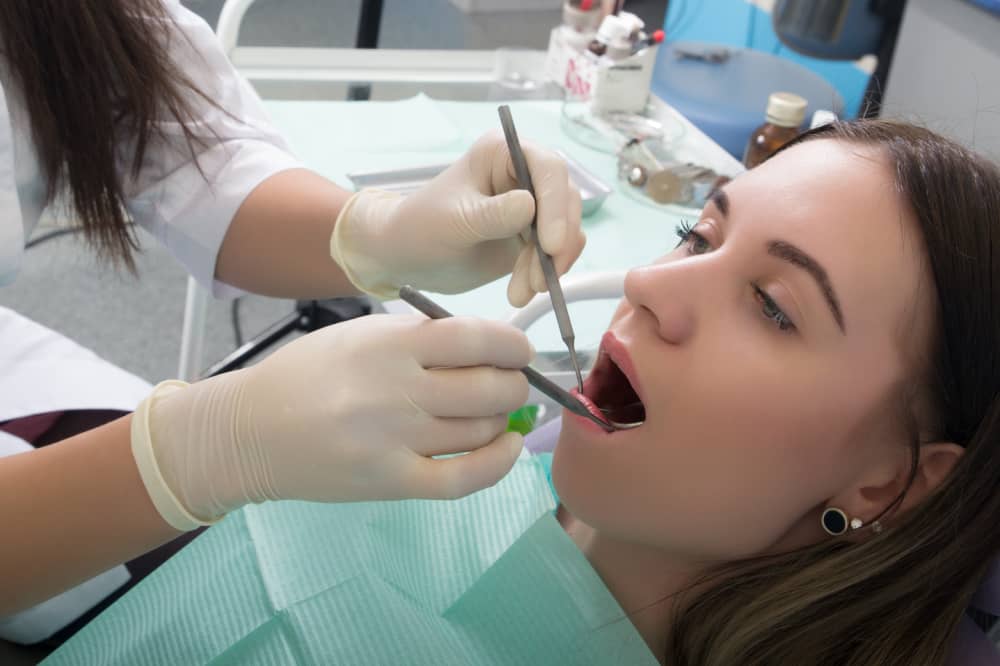
Tooth abscess – Causes, symptoms, and management
An abscessed tooth is a painful condition caused by a bacterial infection. It occurs when a pocket of pus forms in the tooth or the surrounding gums due to an untreated cavity or injury. Maintaining good oral hygiene, consulting the dentist regularly, and addressing dental issues promptly can significantly reduce the risk of developing an abscessed tooth and promote overall dental health. This article will discuss the symptoms, causes, and treatment options for this condition.
Causes
Untreated tooth decay
Poor dental hygiene and neglecting dental check-ups can lead to tooth decay. When left untreated, the cavity progresses and reaches the innermost part of the tooth, known as the pulp, where the nerves and blood vessels are situated. Bacteria can then invade the area, causing an infection.
Dental trauma
An injury or trauma to the tooth can damage the enamel, allowing bacteria to make an entry and cause an infection.
Gum disease
Periodontal disease can lead to the gums receding, exposing the roots of the teeth. This can result in tooth infections.
Infections occur at different parts of the tooth, including gums, the tip of the tooth root, and bones and tissues that support the structure.
Symptoms
Severe toothache
A severe, persistent toothache is the most common and noticeable symptom of a tooth abscess. The pain may travel to the jaw, ear, or neck.
Swelling and redness
The area around the infected tooth may become swollen and red.
Tooth sensitivity
The affected tooth may turn sensitive to hot and cold temperatures.
Bad breath or unpleasant taste
When there is pus and bacteria in the mouth due to a tooth abscess, it can lead to bad breath or an unpleasant taste.
Fever and fatigue
In certain cases, the infection may spread, leading to fever and fatigue.
Treatment
Draining the abscess
In cases where the abscess has not spread significantly, the dentist may make a small incision to drain out the pus and relieve pressure. A doctor may also recommend some prescription treatments to clear the infection.
Root canal treatment
If the infection has reached the pulp portion of the tooth, a root canal may be essential to remove the infected tissue and seal the tooth.
Tooth extraction
In cases where the tooth cannot be saved, it may need to be extracted to prevent the infection from spreading to neighboring teeth.
Prescription treatments
Doctors commonly prescribe certain remedies to treat the infection and prevent it from reaching other parts of the body.
Pain management
Pain relievers may be used to manage the ache associated with an abscessed tooth.
Prevention
Practice good oral hygiene
Maintaining good oral hygiene is important to prevent tooth decay. One must brush teeth regularly, floss, and use mouthwash to avoid tooth decay.
Visit the dentist regularly
It is important to schedule regular dental check-ups and cleanings to detect any dental issues early and prevent the development of abscesses.
Treat cavities promptly
Address any cavities or dental problems promptly to prevent them from progressing into abscesses.
Protect teeth from trauma
Take precautions to avoid injuries to the teeth, especially during sports or other physical activities.
One must seek prompt dental care if one suspects having an abscessed tooth or experiencing any of the symptoms mentioned above. Early diagnosis and timely medical intervention can prevent complications and help preserve one’s oral health.




